I am trying to do the following:
- plot a time series in R using a polygonal line
- plot one or more horizontal lines superimposed
- find the intersections of said line with the orizontal ones
I got this far:
set.seed(34398)
c1 <- as.ts(rbeta(25, 33, 12))
p <- plot(c1, type = 'l')
# set thresholds
thresholds <- c(0.7, 0.77)
I can find no way to access the segment line object plotted by R. I really really really would like to do this with base graphics, while realizing that probably there's a ggplot2 concoction out there that would work. Any idea?
abline(h=thresholds, lwd=1, lty=3, col="dark grey")
